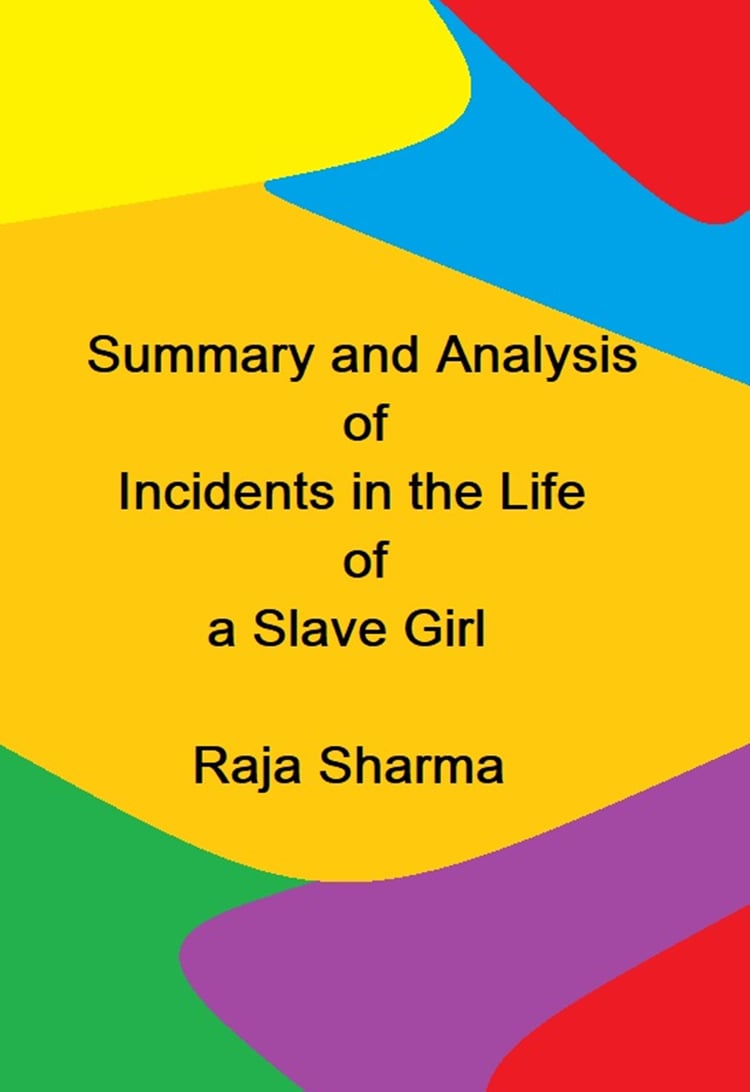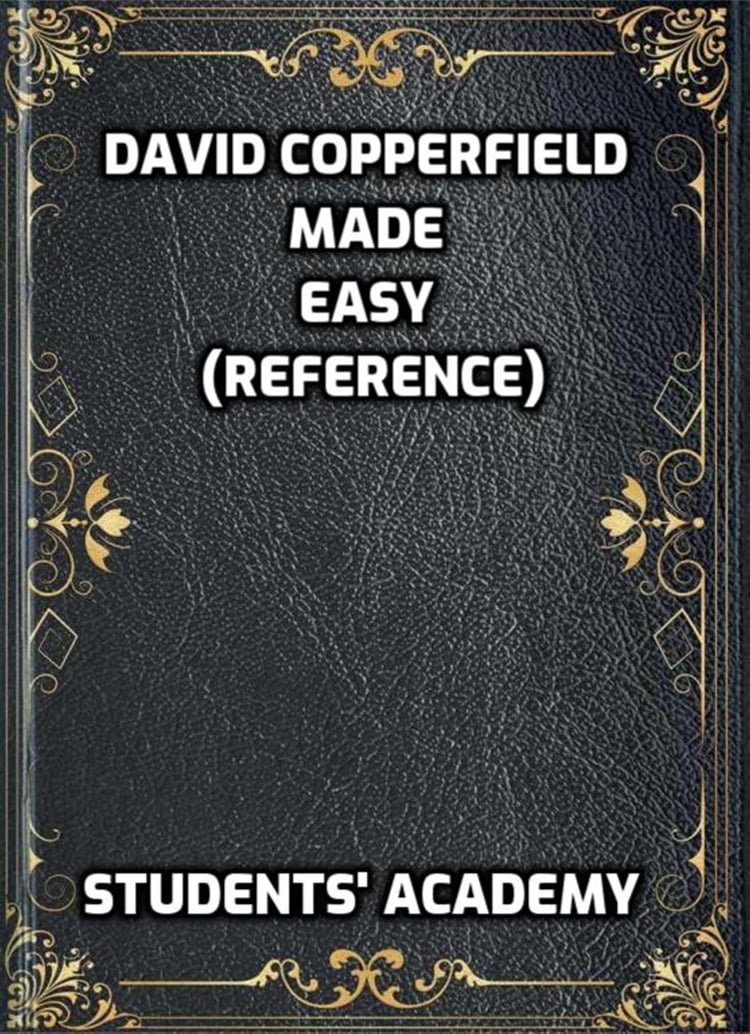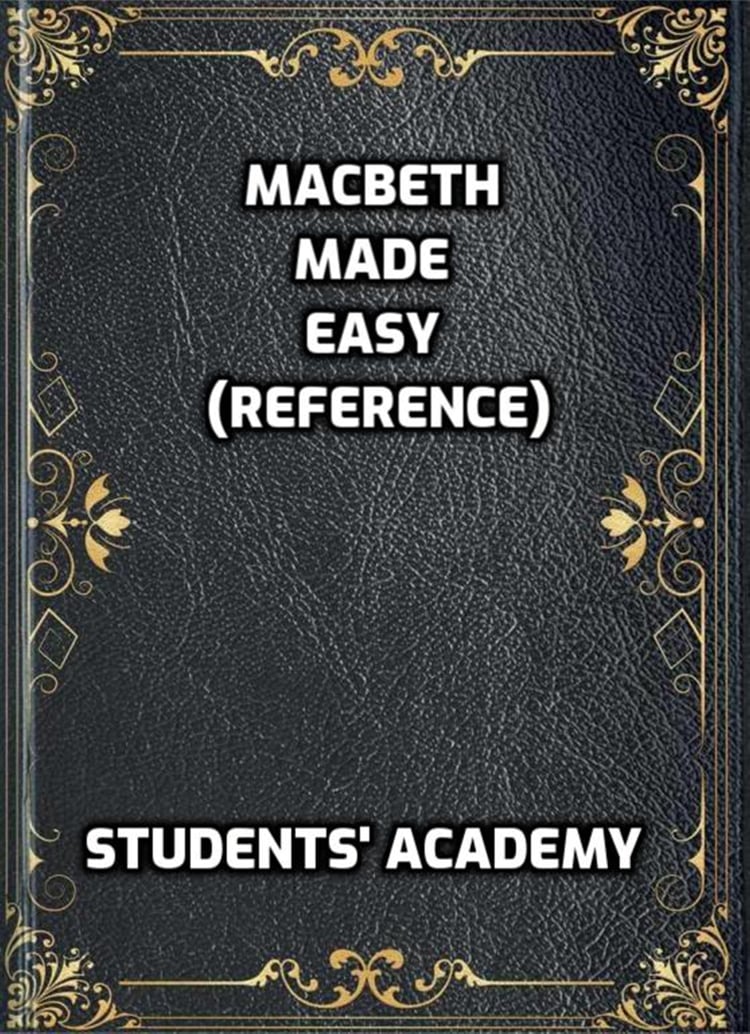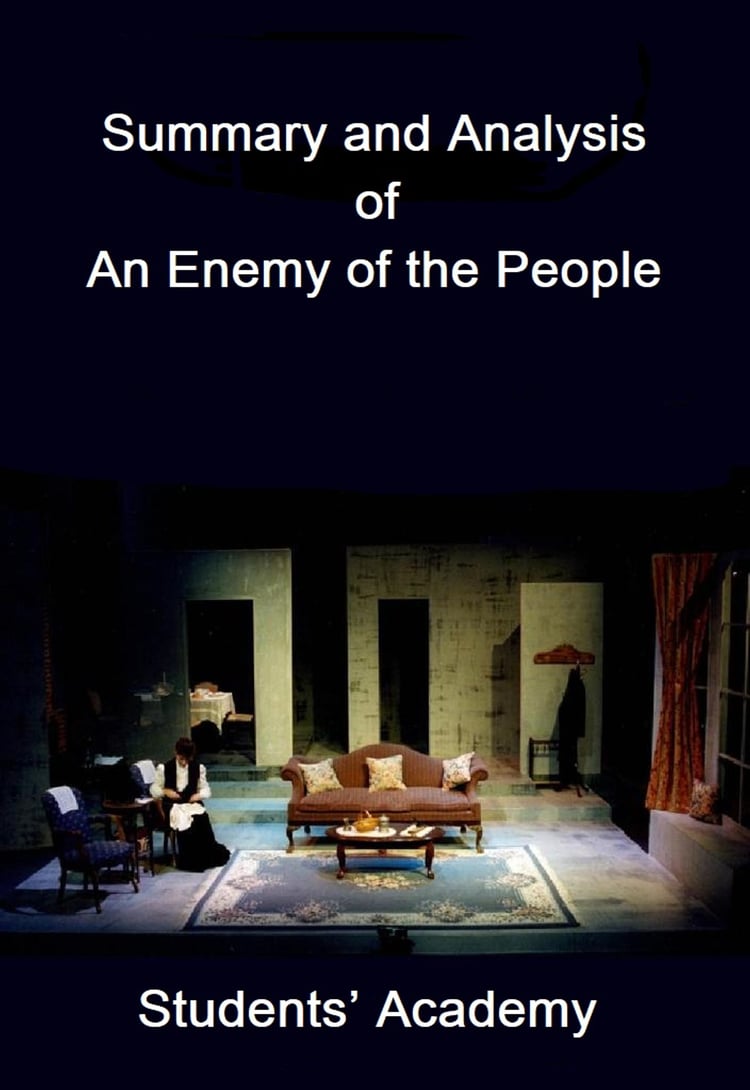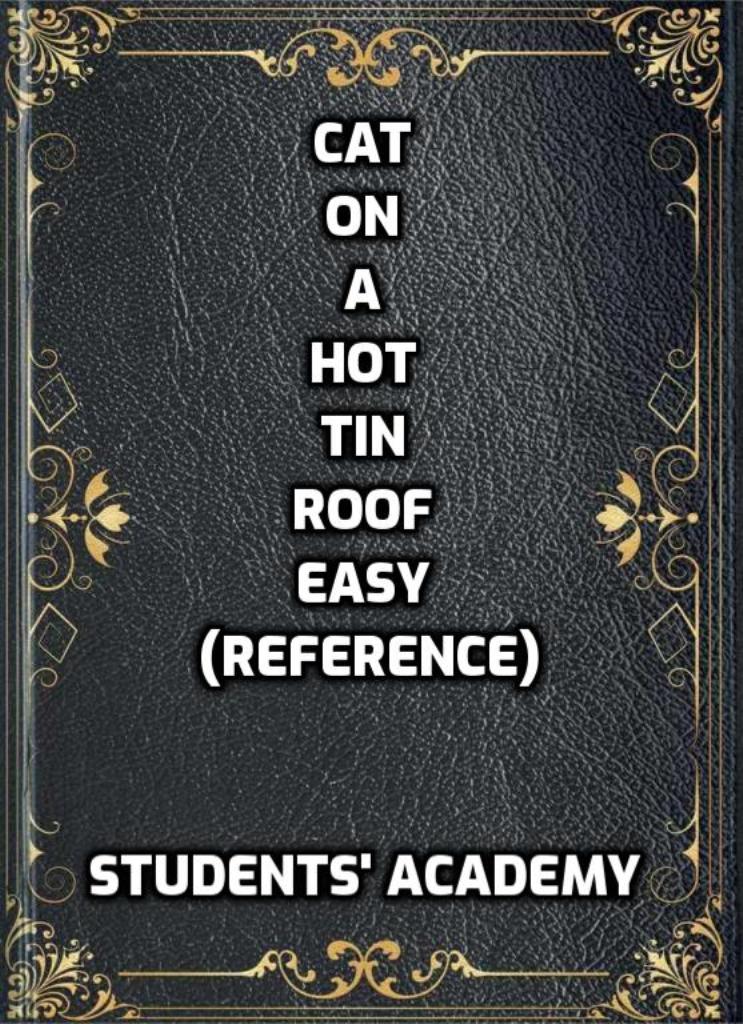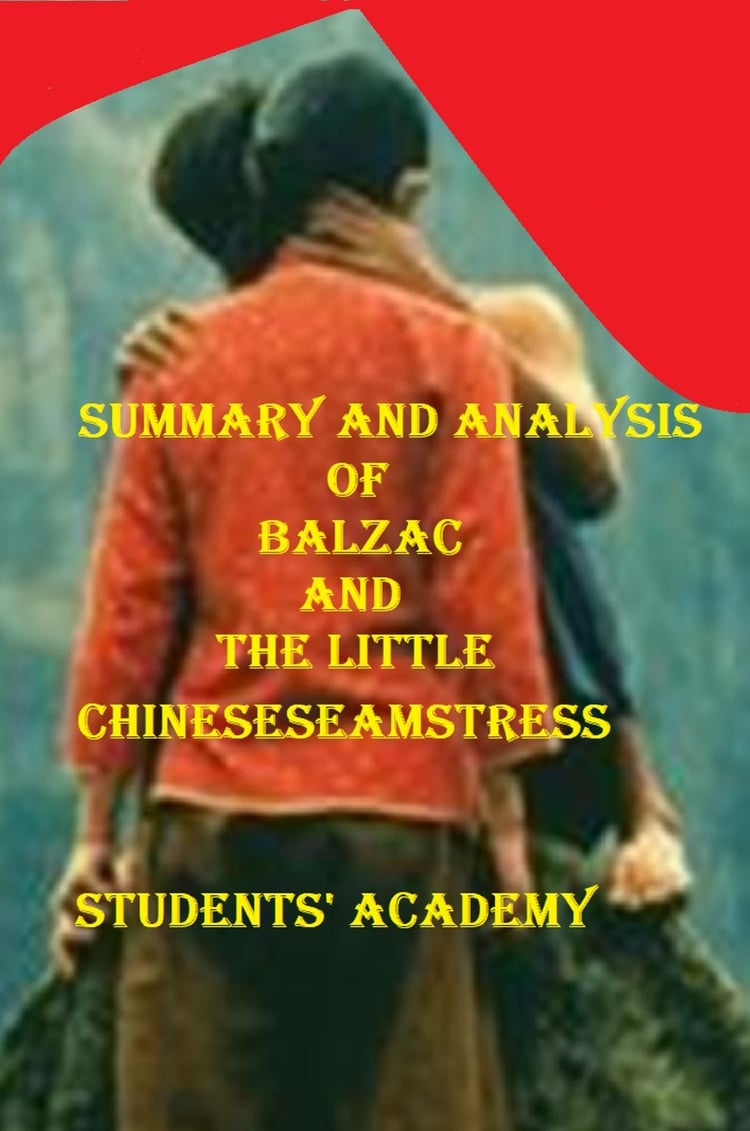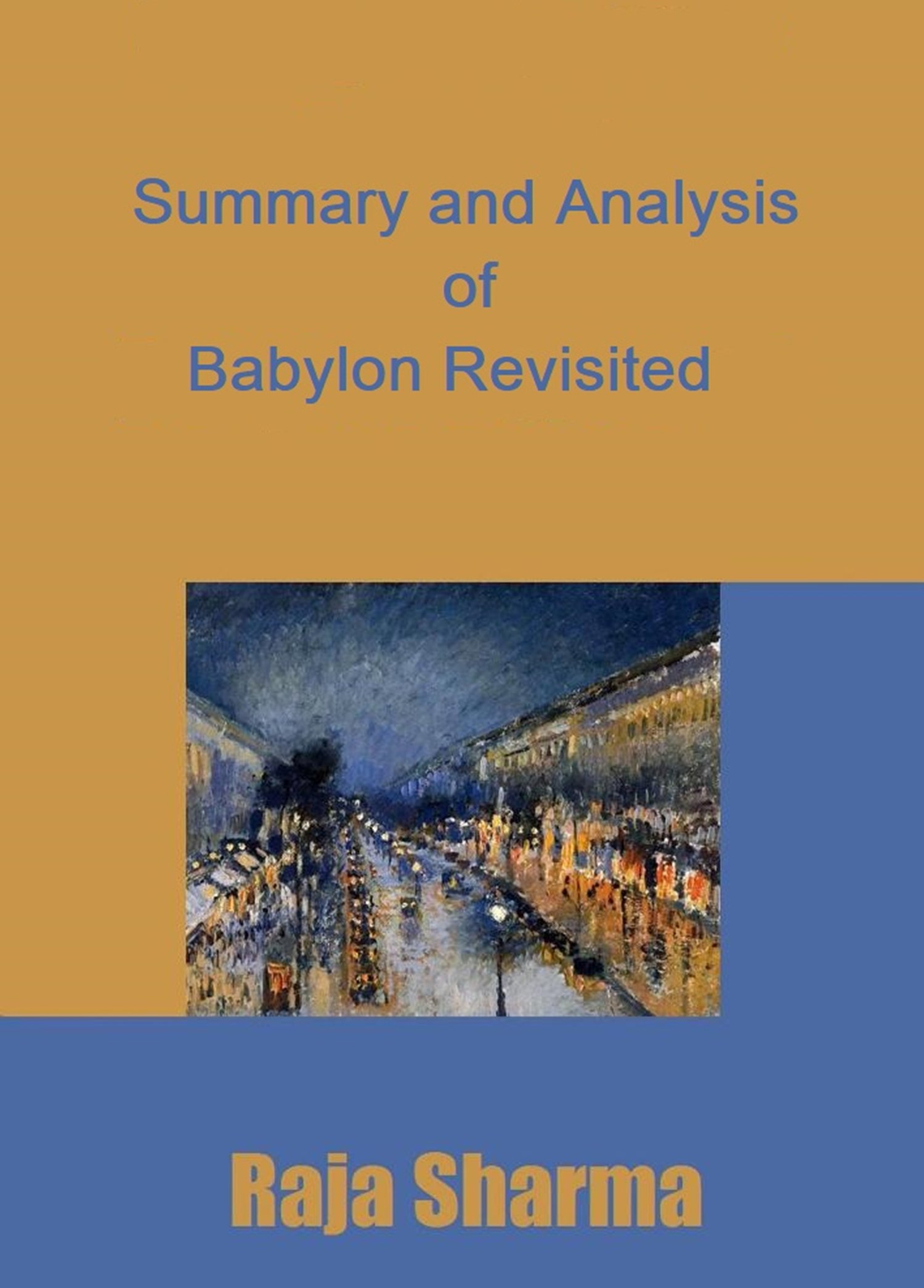
Summarized & Analyzed "To Kill a Mockingbird"
Summarized & Analyzed "To Kill a Mockingbird"
Copyright
Author’s Note
Chapter One: Introduction
Chapter Two: Plot Overview
Chapter Three: Major Characters
Chapter Four: Complete Summary
Chapter Five: Critical Analysis
Student Guide for Reading “To Kill a Mockingbird”
This guide is here to help you as you read the novel "To Kill a Mockingbird" for your high school or college literature class.
Reading for Class vs. Reading for Fun
Reading novels and stories can be entertaining, but reading for a literature class is different. The first time you read a novel, you might not catch all the deeper meanings, which are important for your coursework.
Getting Started
Before diving into the novel, learn a bit about the author, the background of the book, and what critics and reviewers have said about it. This will give you a better understanding of the story.
Understanding the Novel
1. Genre: Identify the genre of the novel. This helps you understand the story's style and structure.
2. Setting: Note the time period and location where the story takes place.
3. Summary: Read a summary of the book before starting. This prepares you for what you'll read.
During Your Reading
1. Vocabulary: Write down any new or strange words. Look them up later to expand your vocabulary.
2. References: Note down any references or allusions. Research them to deepen your understanding.
3. Phrases: If you come across confusing phrases, don't worry. Look up their meanings later.
After Reading
1. Title Analysis: Think about the title. Is it appropriate, relevant, or metaphorical? Research if necessary to understand its deeper meaning.
2. Genre Analysis: Read reviews and comments online to see what others think about the genre and themes of the novel.
3. Themes and Subjects: Identify the main themes and subjects. Don't be discouraged if your interpretation differs from others; your unique perspective is valuable.
4. Imagery and Symbols: Look for repeated words, phrases, images, and symbols. These can add depth to your interpretation.
Final Analysis
Use all the points mentioned above to analyze the entire text. This will help you write insightful essays and earn appreciation for your work. Remember, the more you read, the better you'll get at understanding literature.
Good luck!
Student World




